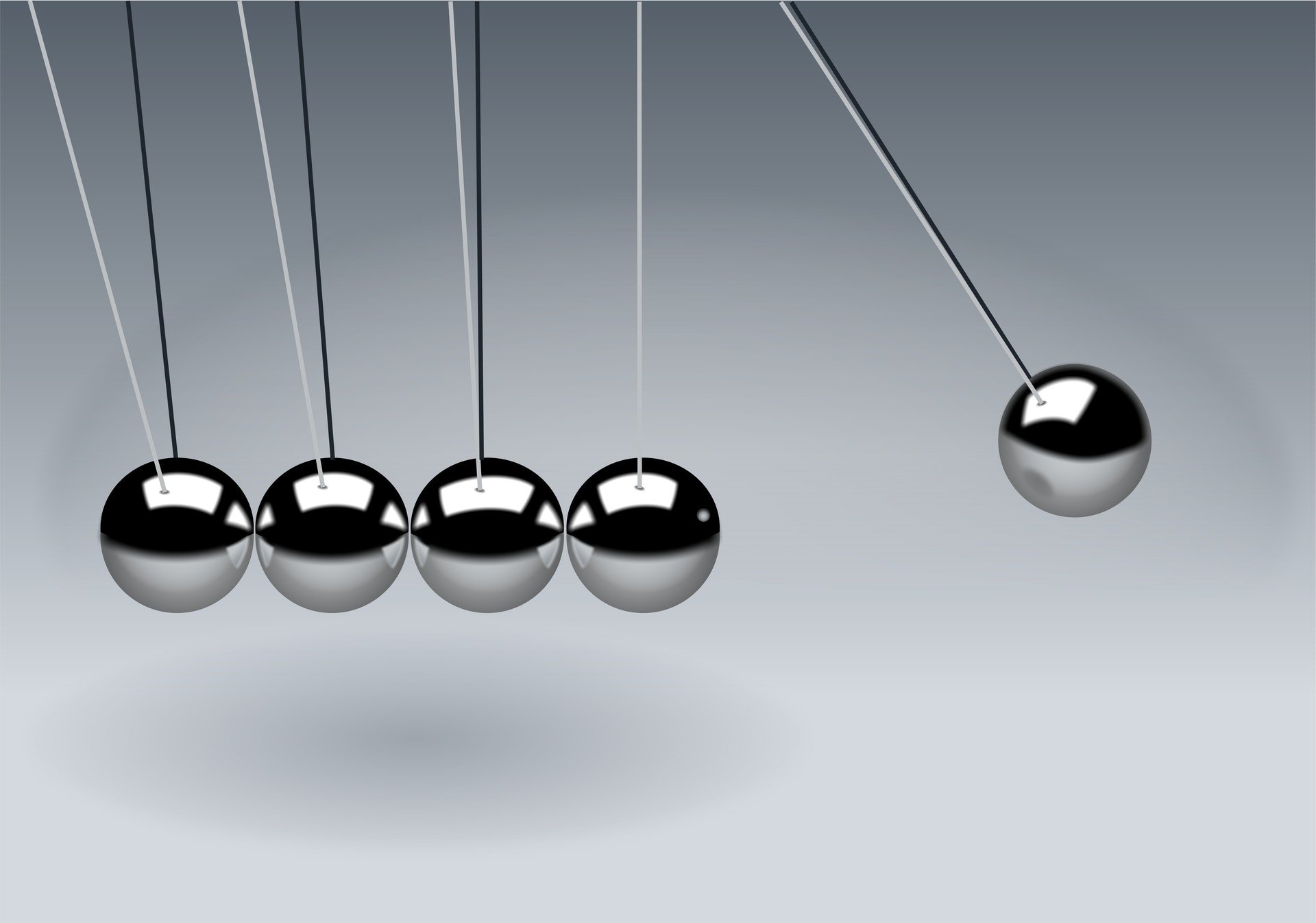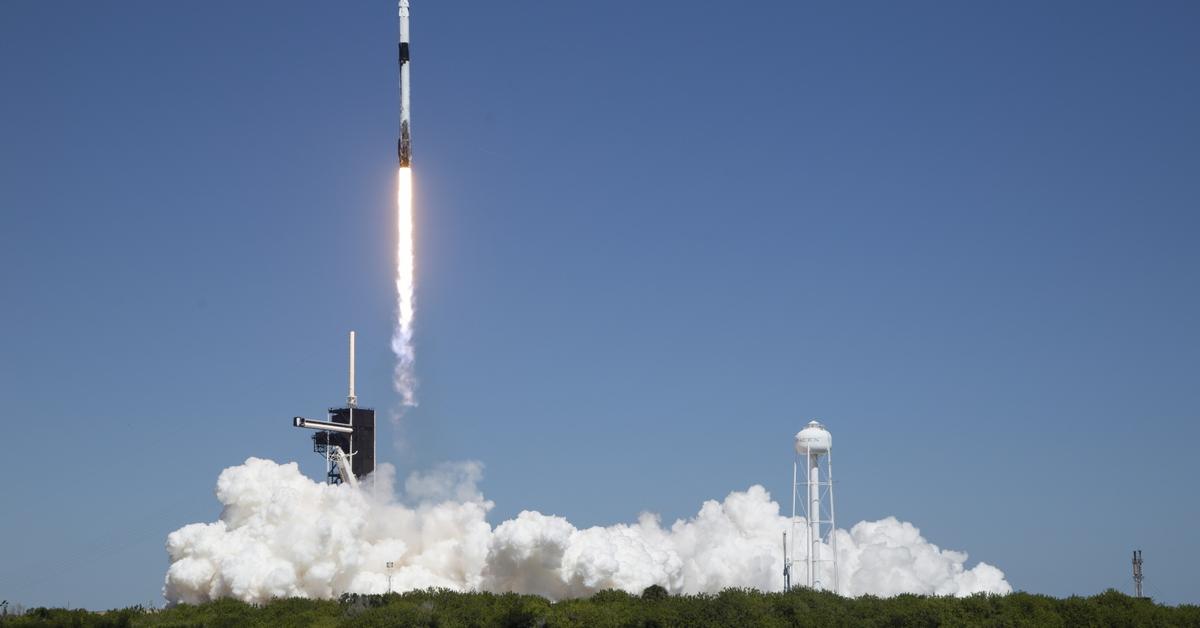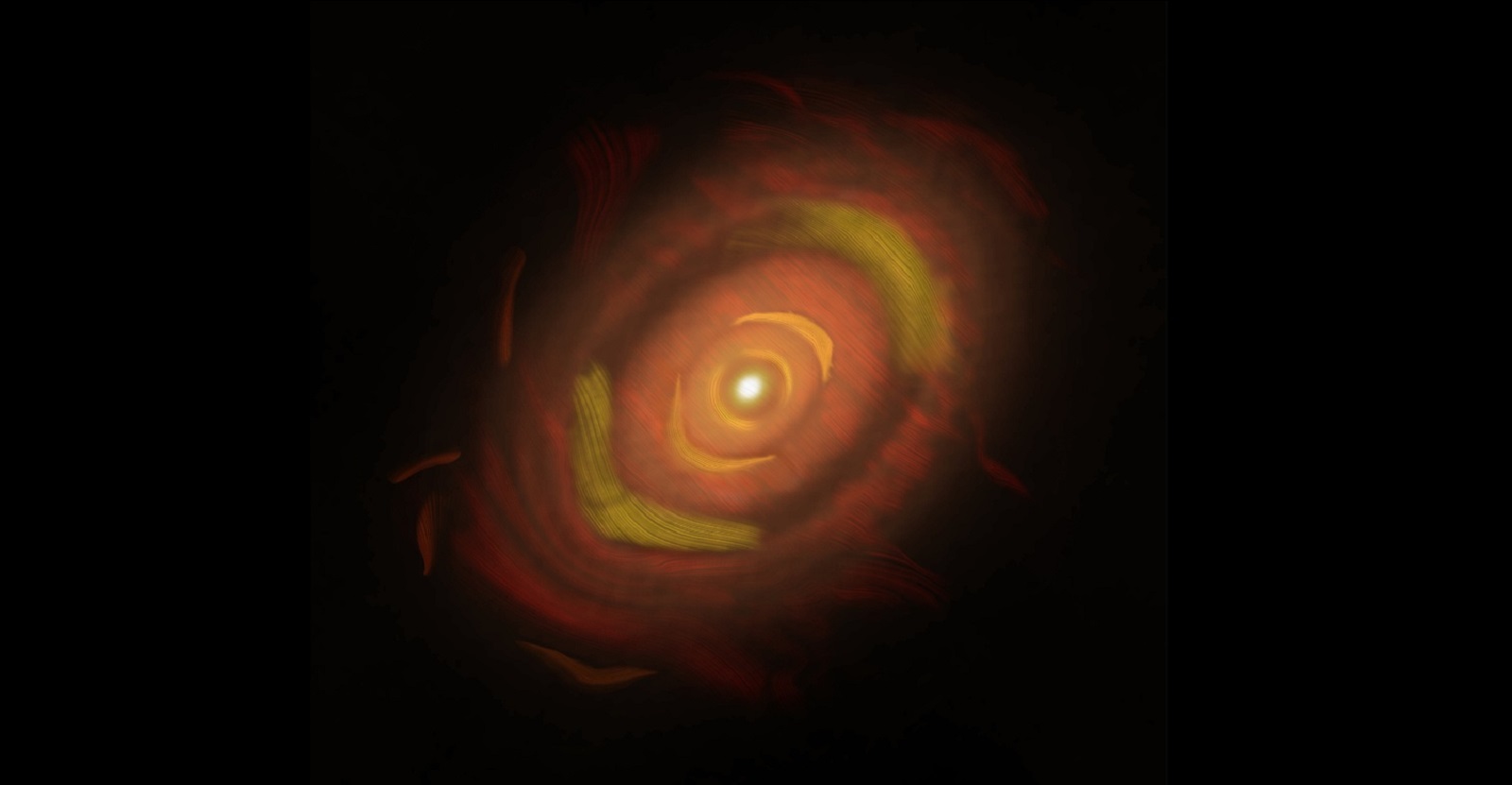Polish engineers have produced high-entropy alloys that would not be produced under typical thermodynamic conditions.
High-entropy alloys (HEA) are complex alloys with a simple phase structure that exhibit one or two solid solutions in their structure. HEAs have physical and chemical properties that are superior to conventional materials. It is particularly difficult to produce lightweight HEAs because titanium and aluminum rarely form metallic phases.
Read also: Liquid water at a temperature of about -50°C. Scientists managed to prevent it from freezing
Using a pulsed magnetron spray The National Center for Nuclear Research (NCBJ) in Schwerk Scientists have created a new metallic layer. Details are described in the magazine Surface and coating technology.
Unusual alloys are formed in Świerk
Magnetrons are the devices found in microwave ovens. The glow discharges that occur in the magnetrons strongly ionize the neutral gas in the vacuum chamber of the device (usually non-reactive argon), causing the formation of plasma that reacts with the starting materials at the cathode. Plasma-sprayed components gradually settle on objects in the vacuum chamber, which makes it possible to control the composition, structure and thickness of the resulting layer.
In our devices, we generate plasma under pulse-changing conditions. This mode of operation allows us to produce coatings from non-equilibrium multicomponent alloys with high entropy, that is, alloys whose components would not combine in a similar way under typical thermodynamic conditions. The non-equilibrium structural state that characterizes these materials can be used for the subsequent formation of the nanostructure of the target material, and thus to give it specific properties.the professor. Katarzyna Nowakowska-Langier from NCBJ
Classic alloys consist of one or two elements, and any additives (if any) appear in trace amounts. In contrast, high-entropy alloys (HEA) consist of at least four elements at similar concentrations, ranging from 5-35%.
In industry, especially in the automotive and aviation industries, light metal alloys are receiving great attention. So we designed a housing made of aluminum and titanium, which in order to improve strength and heat treatments we supplemented it with nickel, niobium and tungsten. Proper preparation of the starting samples has proven to be critical, in order to ensure the planned proportions of the minerals despite the use of only one magnetron. At the same time, we had to ensure the elimination of potential pollution that would reduce the standards of the productive classes.Grzegorz Witold Strzelecki, PhD student at NCBJ
Objects exposed to magnetron atomization, although exposed to plasma, do not heat up to high temperatures. Therefore, HEA from NCBJ can be applied to various types of substrates, even polymeric. This type of research has been done at Świerk for several years.

Echo Richards embodies a personality that is a delightful contradiction: a humble musicaholic who never brags about her expansive knowledge of both classic and contemporary tunes. Infuriatingly modest, one would never know from a mere conversation how deeply entrenched she is in the world of music. This passion seamlessly translates into her problem-solving skills, with Echo often drawing inspiration from melodies and rhythms. A voracious reader, she dives deep into literature, using stories to influence her own hardcore writing. Her spirited advocacy for alcohol isn’t about mere indulgence, but about celebrating life’s poignant moments.








